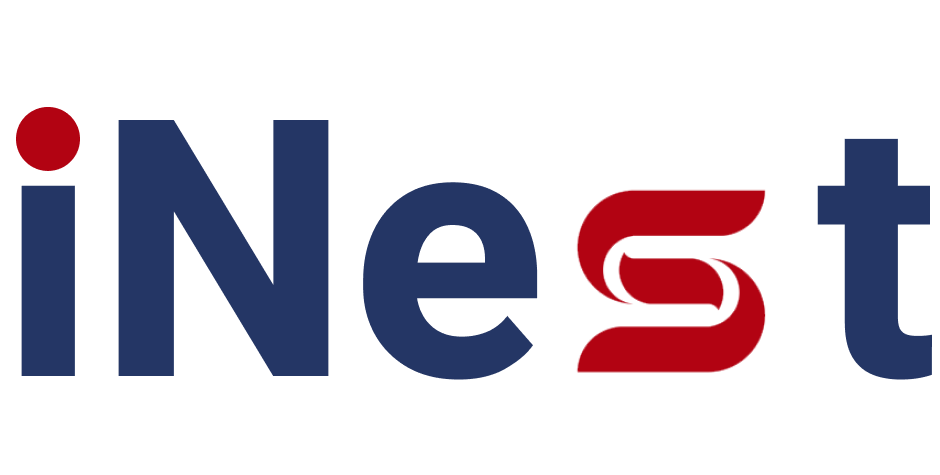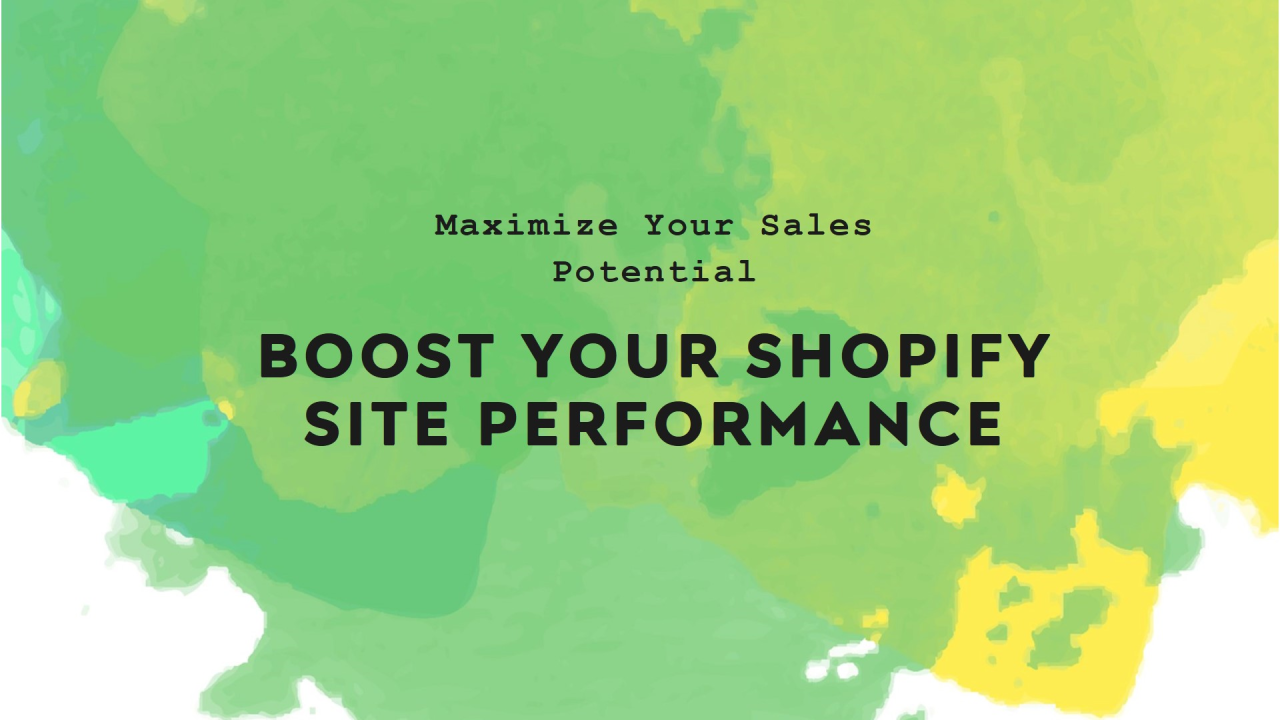For Shopify store owners, optimizing site performance is not just about speed; it’s about enhancing user experience and driving conversions. A faster website translates to higher user engagement and an increased likelihood of conversions. Moreover, in SEO, site performance is a critical ranking factor in Google’s algorithm, influencing your store’s visibility and search engine rankings.
Identifying Common Problems of Slow Shopify Websites
Before delving into optimization strategies, it’s essential to pinpoint the root causes of sluggish site speed. Here are some common culprits responsible for impeding the performance of Shopify websites:
- Unoptimized Images and Videos
The presence of numerous unoptimized images and videos can significantly hinder your store’s loading speed. Large image sizes and excessive use of videos contribute to prolonged loading times, diminishing the overall user experience. - Unnecessary or Unused Apps
Every installed app on your Shopify store exerts an impact on its speed and performance. Unused or redundant apps add unnecessary bulk to your website, slowing down its loading speed and compromising its efficiency. - Heavy Shopify Themes and Fonts
Opting for elaborate or heavyweight Shopify themes, coupled with custom fonts, can impede your website’s loading speed. Complex code structures and intricate design elements prolong the loading time, deterring users from engaging with your site.
Optimization Strategies for Enhancing Shopify Site Speed
Now that we’ve identified the primary factors contributing to slow Shopify websites, let’s explore effective optimization strategies to boost site performance and improve SEO rankings:
- Choose A Lightweight Shopify Theme
Opt for lightweight Shopify themes that prioritize speed and efficiency without compromising on design aesthetics. By selecting a minimalist theme with optimized code, you can enhance your website’s loading speed and streamline user experience. - Reduce Large Image Sizes
Resize and optimize images to reduce their file size without compromising on quality. Use image editing tools or Shopify apps to resize and compress images, ensuring faster loading times and improved performance. - Compress Images
Utilize image compression techniques to further reduce the file size of images without sacrificing visual clarity. Implement compression tools or plugins to optimize images for web use, thereby enhancing your site’s loading speed and user experience. - Replace GIFs With Static Images
Consider replacing GIFs with static images wherever possible, as GIFs tend to have larger file sizes and can slow down website loading times. Opting for static images reduces page load times and contributes to a smoother browsing experience for users. - Lazy Load Images
Implement lazy loading techniques to defer the loading of off-screen images until they are needed. By prioritizing the loading of visible content and delaying the loading of images further down the page, you can expedite initial page load times and improve overall performance. - Limit Third-Party JavaScript & Shopify Apps
Evaluate the necessity of third-party JavaScripts and Shopify apps, and minimize their usage to reduce the additional load on your website. Remove or deactivate unused apps, and carefully select essential third-party scripts to optimize site performance and streamline functionality. - Migrate Tracking Codes To Google Tag Manager
Centralize and manage tracking codes more efficiently by migrating them to Google Tag Manager. By consolidating tracking codes and scripts within Google Tag Manager, you can minimize the impact on your website’s performance and simplify tracking and analytics processes. - Run Your Store Through Google PageSpeed Insights
Regularly assess your store’s performance using tools like Google PageSpeed Insights to identify areas for improvement. Conduct comprehensive audits and implement recommended optimizations to enhance site speed, user experience, and SEO performance.
In the competitive landscape of eCommerce, optimizing Shopify site performance is paramount for driving traffic, engaging users, and maximizing conversions. By addressing common issues such as unoptimized images, unused apps, and heavy themes, you can significantly improve your website’s speed and SEO rankings. Embrace optimization strategies outlined in this guide to streamline your Shopify store’s performance and elevate its online presence.
If you want to read more information about how to boost traffic on your Website just visit The Insider’s Views.
If you want to read more information about Shopify’s development of websites

